Originally published in 2008, this report was revised and re-published in January 2009. Revisions were made to correct data errors and to clarify the Board's views on the findings of the investigation. The conclusions and recommendations in the original report did not change.
This investigation examines the sustainability of timber supply in areas with high retention harvesting on the Queen Charlotte Islands and the central and northern B.C. coast, by assessing post-harvest stand structure and condition in recent cutblocks. The investigation found high-grading of cedar and some spruce trees—selectively removing the valuable cedar and spruce trees, leaving behind mainly old rotting hemlock trees spread across the cutblock. The investigation also found that important social and environmental values such as viewscapes and biodiversity, often cited as the reason for using this method, were protected.
This investigation assesses the effect of recent range practices in maintaining the ability of upland grasslands to provide forage for livestock and habitat for threatened and endangered grassland species. The investigation is limited to open grasslands in the Interior Douglas Fir (IDF) Biogeoclimatic Zone in the south central portion of BC, because half the grasslands in BC occur in that zone.
In early 2007 the Forest Practices Board began a special investigation of fire hazard assessment and abatement. As a first step, we surveyed all forest licensees in the province harvesting more than 100,000 cubic metres per year and all 12 British Columbia Timber Sales (BCTS) business areas.
Although BCTS is not responsible for hazard assessment and abatement activities, with over 1,100 registrants in the BCTS program we decided it would be most efficient to survey only the 12 business areas.
The purpose of the survey was to understand how licensees are meeting their fire hazard assessment and abatement obligations under the Wildfire Act, specifically assessment methods and abatement practices.
A recent Forest Practices Board audit found that road building and upgrading by a Timber Sale License holder (the TSL holder) had, or had the potential to, adversely affect fish streams in the Lamb Creek area of the Rocky Mountain Forest District. British Columbia Timber Sales’ (BCTS) attempt to repair damage from the TSL holder’s roadwork was well-intentioned but only partly successful.
Compliance and Enforcement district staff of the Ministry of Forests and Range investigated and found that road drainage systems were inadequate, and sediment from roadwork had entered a fish-bearing stream. The district manager determined the TSL holder contravened the Forest Practices Code of British Columbia Act and imposed a penalty of $5,000.
Harvesting on Crown land in British Columbia comes with reforestation obligations. Following logging, forest companies are required to re‐establish a “free‐growing” stand of healthy, commercially valuable trees. The growth of the stand must not be impeded by competition from plants, shrubs or other trees. Timeframes and standards for achieving free‐growing are provided in a pre‐harvest silviculture prescription, silviculture prescription or site plan.
In 2003, the Forest Practices Board reported on the achievement of free‐growing across British Columbia. That report summarized the status of cutblocks that were to be free‐growing by August 2002. Overall, the results of that study were very positive. Across the province, 85 percent of cutblocks were free‐growing within the required timeframes.
